Do you like RGB lighting effects? Do you want to build an RGB PC? In this post, MiniTool Partition Wizard tells you what you should consider during the RGB PC building process and recommends some RGB parts to you.
Things You Should Know Before Building a RGB PC
Recently, computer hardware products with RGB lighting function are emerging endlessly, from mouse and keyboard to chassis, fan, heat sink, motherboard, SSD, etc. RGB PC can provide a certain degree of personalization and can create an atmosphere to some extent. But before you decide to build an RGB PC, you should know the following things:
1. What does RGB mean in gaming?
RGB stands for Red, Green, and Blue. They are the three hues of lights that can be combined to produce over sixteen million different colors. It’s the way that all TV, computer and electronic display screens create color and image. Nowadays, many manufacturers like to produce RGB computer motherboards and peripherals to display colors for a visual effect.
2. What is an RGB PC?
An RGB PC is a PC with RGB lights. To add RGB lights to your PC, you should make sure your PC hardware has RGB support. Currently, an RGB PC can add RGB lights on the following hardware devices: chassis, cooling system, motherboard, GPU, RAM, SSD, power supply. Of course, you can also solder extra RGB light strips on chassis manually.
3. ARGB vs RGB
Ordinary RGB (usually a 12V 4-pin connector) can only control colors in a limited number of ways. For example, multiple colors on different parts of the strip aren’t possible. On the contrary, ARGB, (usually a 5V 3-pin connector), also called addressable RGB, adds Alpha (transparency) channel on the RGB color mode.
In this way, ARGB can be programmed to achieve the lighting effects like multiple colors on a single LED strip, multiple color changing patterns on a same strip or in sync with other strips connected to ARGB headers.
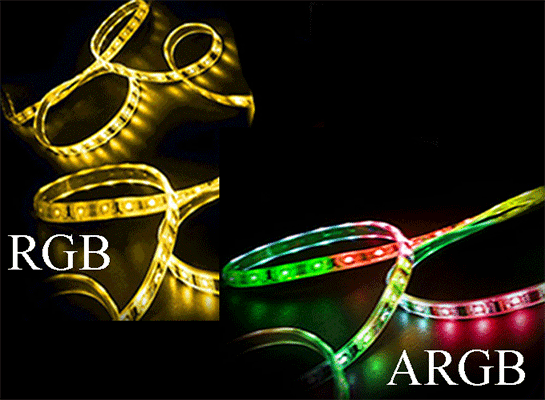
If you know how to match colors, ARGB can offer you better visual effects. But if you don’t have a good color scheme, the lighting will be uncoordinated. Therefore, if you are a beginner at RGB PCs, please choose RGB, not ARGB.
4. Does RGB affect PC performance?
In general, the performance of RGB devices is the same as that of common PC hardware. Therefore, the PC performance will not be affected. However, the RGB will produce extra heat, making PC overheating more easily. If your PC doesn’t have a good cooling system, this will definitely bring troubles to your PC.
How to Choose Proper RGB Components for PC?
To build an RGB computer, apart from peripheral devices like RGB keyboards and RGB mouse, the most important RGB component is the chassis. Please keep reading to know how to build an RGB chassis correctly.
1. RGB Case and Fans
When you choose an RGB case, you should pay attention to the following factors:
- Which size of motherboard does it support (E-ATX, ATX, M-ATX, or Mini-ATX)? In general, ATX full tower cases support E-ATX motherboards; ATX mid-tower cases support ATX motherboards; mini cases support Mini-ATX (ITX) and M-ATX. In general, most people like ATX mid-tower cases.
- Choose a chassis with good shock absorption, which can reduce noise and the possibility of component damage.
- Does it have good heat dissipation? You should check whether the case can hold the air/liquid cooler. If not, you must place cooling system outside the case. Check the position of fans. Excellent wind channel can dissipate heat better. You should also pay attention to the internal design, for example, the graphics card should be placed in a cooler place.

The number of fan installation locations determines how many fans you can install. If you want to use water cooling, the water cooling may occupy a fan location (in some cases). If you plan to install water cooler, you should adhere to the following principles when designing water channels:
- The water passing through the water block should be transferred to the radiator as much as possible. After cooling, the water will be then pumped to the next water block that needs heat dissipation.
- Do not transfer the hot water that flowed through the water block just now to the water pump, because this will reduce water pump’s service life and cause damage. Once the water pump is damaged, the water in the tube will not flow, causing the water pipe to overheat and expand. Then, water leakage/computer elements overheating or burning issue will happen.
2. RGB Controller
How do I enable RGB lights on my PC? When you plan to build an RGB computer, you should consider how to enable and manage these RGB components. In general, you can control the RGB lights through the following 3 ways:
1. Physical Buttons
Many RGB components come with physical RGB control buttons. You can turn the RGB lights on using the button. But this method is very inconvenient, because many of these buttons are inside the host chassis.
2. Use RGB Motherboards
Most RGB motherboards can provide at least one or more external lighting effect control interfaces. Any other RGB part that connects to these interfaces can be controlled by RGB controlling software offered by motherboards (like Aura Sync, Mystic Light Sync, etc.).
But when you choose other RGB parts, please check whether these parts are compatible with the motherboard, especially for GPU and RAM. Some GPUs and RAMs may only support a certain series of motherboards from specific manufacturers.
If they are not compatible with the motherboard, they can’t be controlled by the RGB controlling software offered by the motherboard manufacturers.
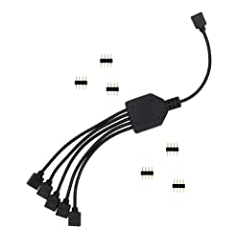
3. Use RGB Components Produced by the Same Manufacturers
If you use many RGB components from the same manufacturer, you can use the RGB controlling software offered by the RGB component manufacturer (like Corsair Link, Icue, etc.). In addition, these manufacturers also provide RGB controller products, which allow you to connect more RGB lights and control them through the software offered by the manufacturers.

This kind of software has the most and coolest patterns of RGB, but the disadvantage is that most of these products cannot be synchronized with the lighting effects of the motherboard, graphics card and some memory cards.
Recommended RGB Products
In this part, I will recommend you some popular RGB components. But when you pick them, please check whether they are compatible with one another.
1. RGB Motherboards and CPU
- Entry level: MSI B450M MORTAR MAX / ASUS TUF GAMING B450M-PRO S (support AMD CPU, only support 12V RGB lights)
- Medium level: ASUS TUF GAMING B550M-PLUS (AMD CPU); ASUS TUF GAMING B460M-PLUS / MSI MAG B460M MORTAR (Intel CPU)
- High level: MSI MPG X570 GAMING PRO CARBON WIFI / ASUS ROG Strix X570-E Gaming (AMD CPU); ASUS ROG STRIX Z490-A GAMING / MSI MPG Z490 GAMING CARBON WiFi (Intel CPU)
When choosing a motherboard, you should not only pay attention to the interface, but also the power supply and heat dissipation of the motherboard. The larger the number of power supply phases, the smaller the motherboard heating and the more stable the overclocking.
As for CPU, you can choose AMD 3500X/3600/3700X or Intel 10400/10500/10600K/10700K.
2. RGB GPU, RAM, and SSD
- GPU: GALAX GeForce GTX 1660 Super (1-Click OC), ROG STRIX RTX2070S A8G GAMING, MSI GeForce RTX 2070 SUPER GAMING X TRIO
- RAM: SKILL TridentZ RGB Series, Kingston HyperX Predator series
- SSD: TEAMGROUP T-Force Delta MAX RGB SSD, XPG S40G NVMe RGB SSD
3. RGB Case, Radiator, and Fans
- Case: Corsair Icue 465X RGB Mid-Tower ATX Smart Case, Corsair iCUE 220T RGB Airflow Tempered Glass Mid-Tower Smart Case, Thermaltake V250 Motherboard Sync ARGB ATX Mid-Tower Chassis
- Radiator: Cooler Master Hyper 212 RGB CPU Air Cooler / Cooler Master MasterAir MA410M RGB CPU Air Cooler; DeepCool Castle 240 RGB V2 Cooling System Anti-Leak Radiator / Cooler Master MasterLiquid ML240R ARGB Close-Loop AIO CPU Liquid Cooler
- Fans: Cooler Master Master Fan MF120 Halo Duo-Ring ARGB / Corsair iCUE SP120 RGB Pro Performance Fan
When choosing a case, it is recommended to pick a chassis that has meshes on the top and its two sides are draughty. This design is better for heat dissipation. In addition, if you need to strengthen the RGB style, it is recommended to use the liquid cooler.
If you choose 360 liquid cooler, you must confirm the size with the customer service when choosing a chassis, but the 240 water cooler is more often recommended, because the 360 water cooler is at most 2~3°C lower than the 240 liquid cooler.
What Should You Do After Building an RGB PC
After building an RGB PC, you may need to install Windows system and make sure it runs smoothly on the PC. You just need to download the Windows image from Microsoft and then install it on your PC. But if you have an old PC and there are many games and mods on this PC, to avoid reinstalling these games and mods, you can migrate OS from the old PC to the new PC.
In this case, MiniTool Partition Wizard can help you do that more easily. Here is the guide:
MiniTool Partition Wizard DemoClick to Download100%Clean & Safe
Step 1: Connect the new drive to the old PC. Launch MiniTool Partition Wizard and open this software. Go to its main interface and click on Migrate OS to SSD/HDD in the action panel (the above link is a Trial Edition, and the OS migration feature is not free).
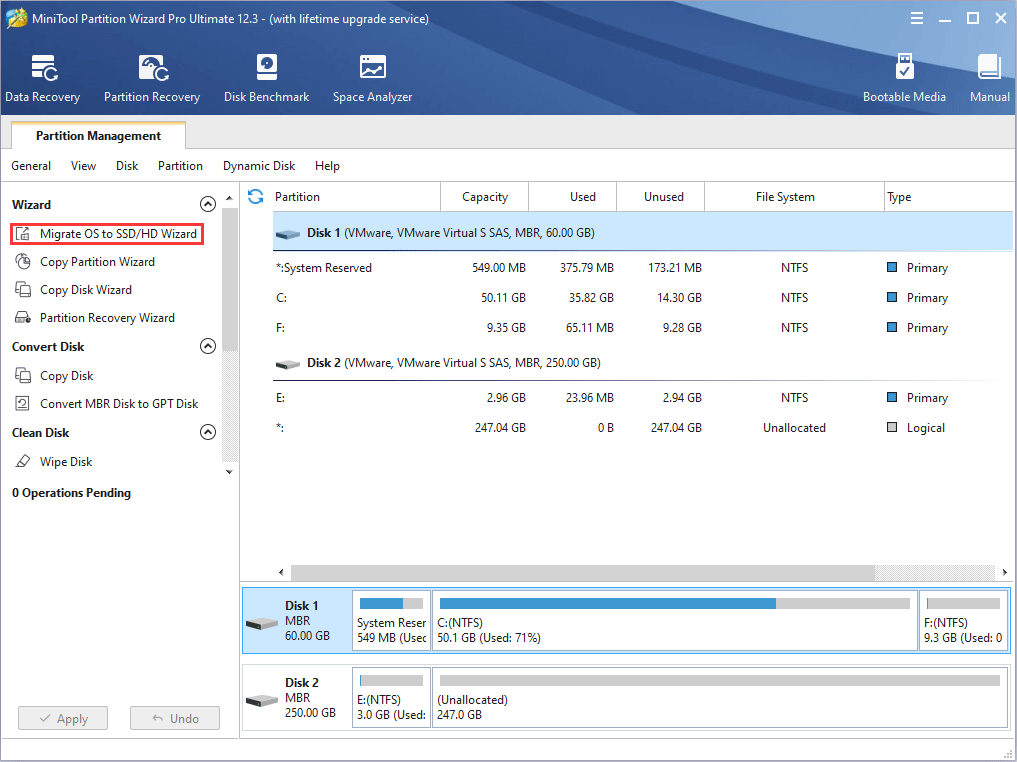
Step 2: Choose the right method to migrate the system disk and click Next. Option A allows you to clone the whole system disk, while option B only allows you to migrate the OS.
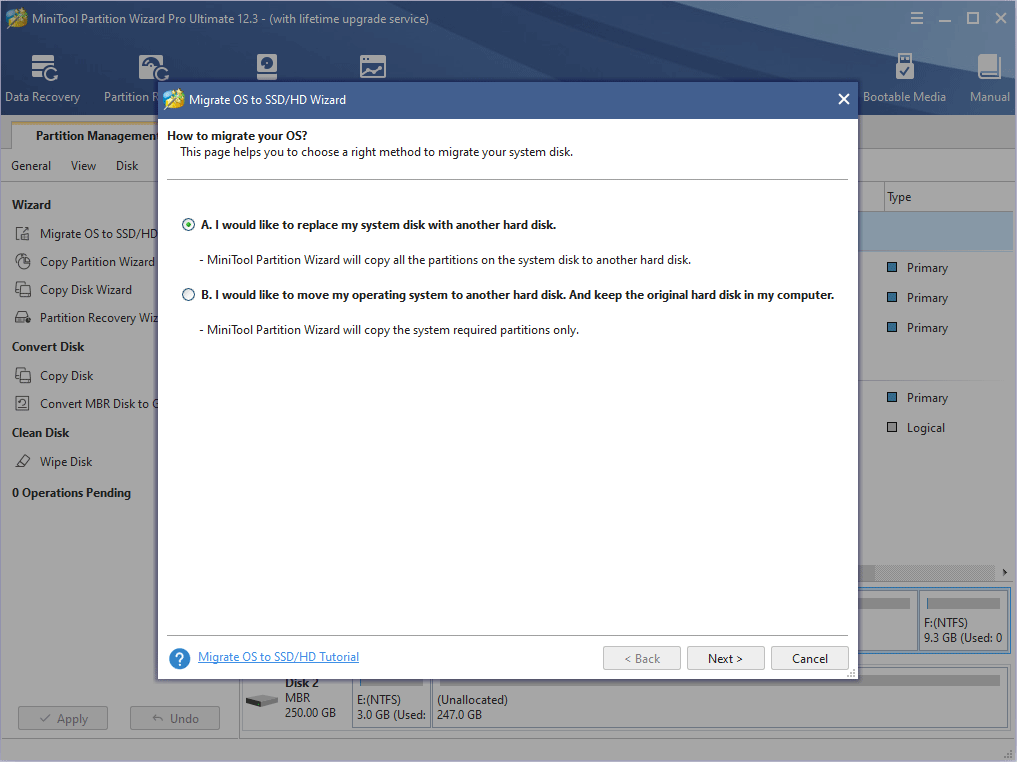
Step 3: Choose the new drive as the destination disk and then click Next.
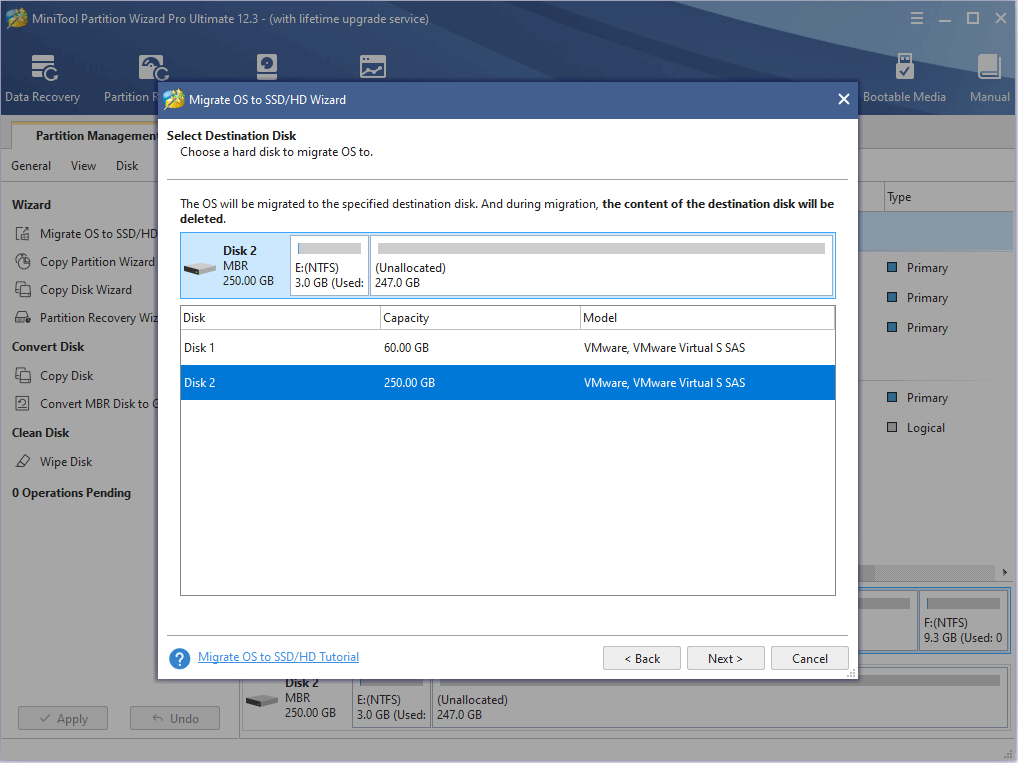
Step 4: Review changes and click the Next button. In this step, you can keep default settings. But if the old hard drive is MBR style and you want to use GPT style in the new drive, please check the box before Use GUID partition table for the target disk.
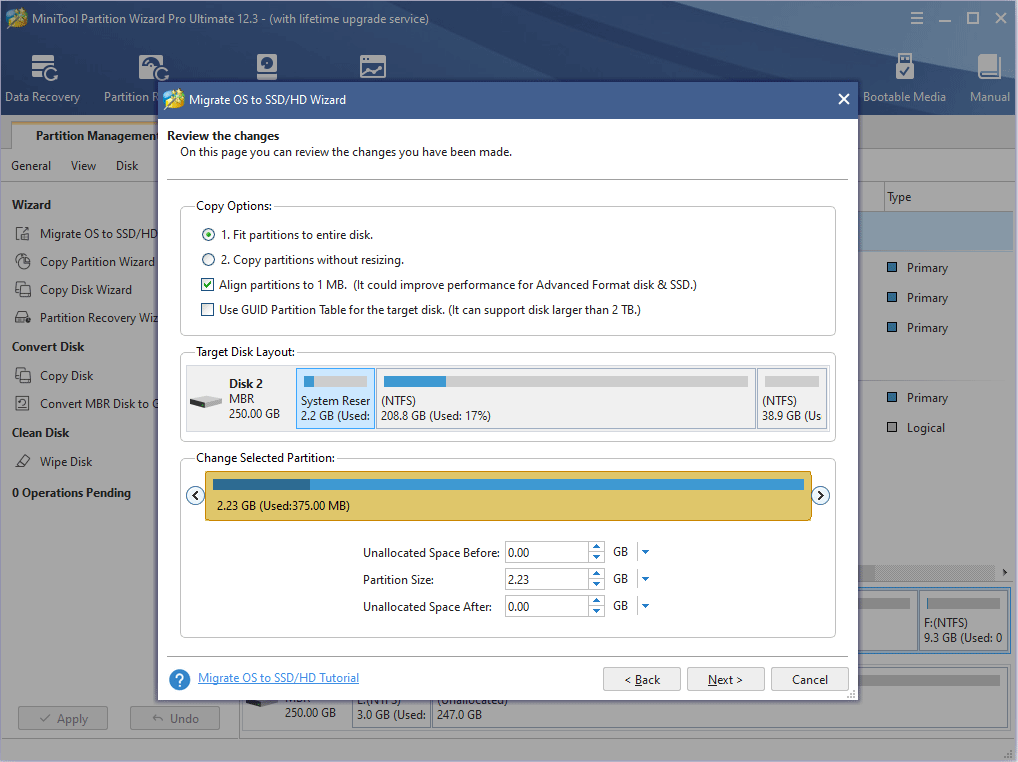
Step 5: Read a note on how to boot from the destination disk and click the Finish button. Then, click the Apply button to execute pending operations.
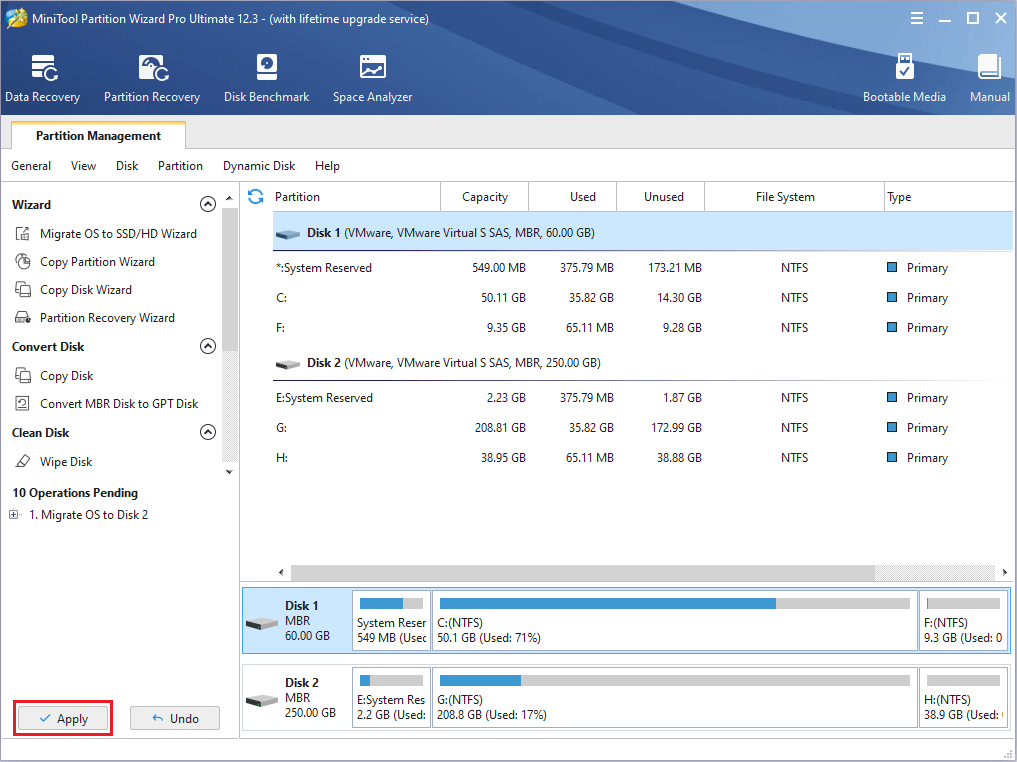
Step 6: Insert the new drive into the new PC and boot up the computer. Then, activate Windows.
Bottom Line
Is this post useful to you? Do you have other ideas about RGB PC? Please leave a comment in the following zone. Besides, if you have difficulty in migrating OS, please contact us via [email protected]. We will get back to you as soon as possible.


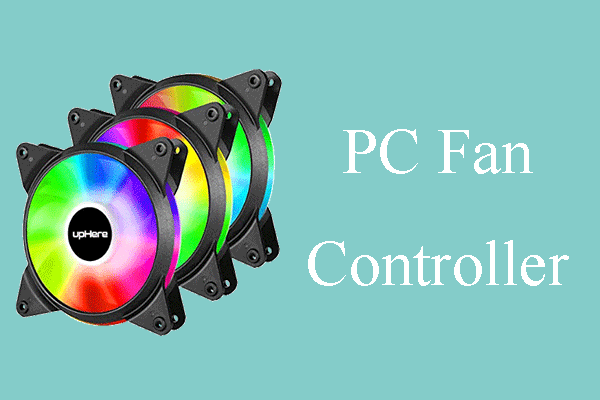
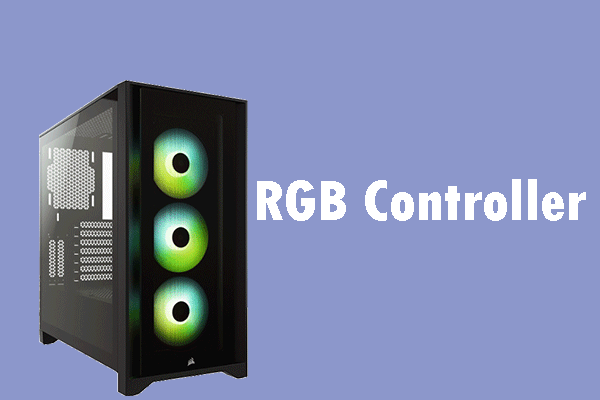
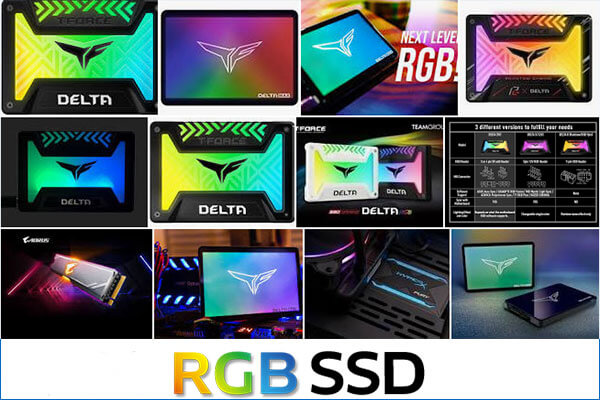
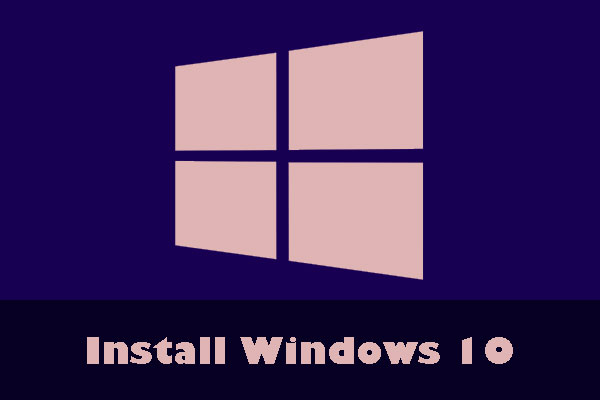
User Comments :